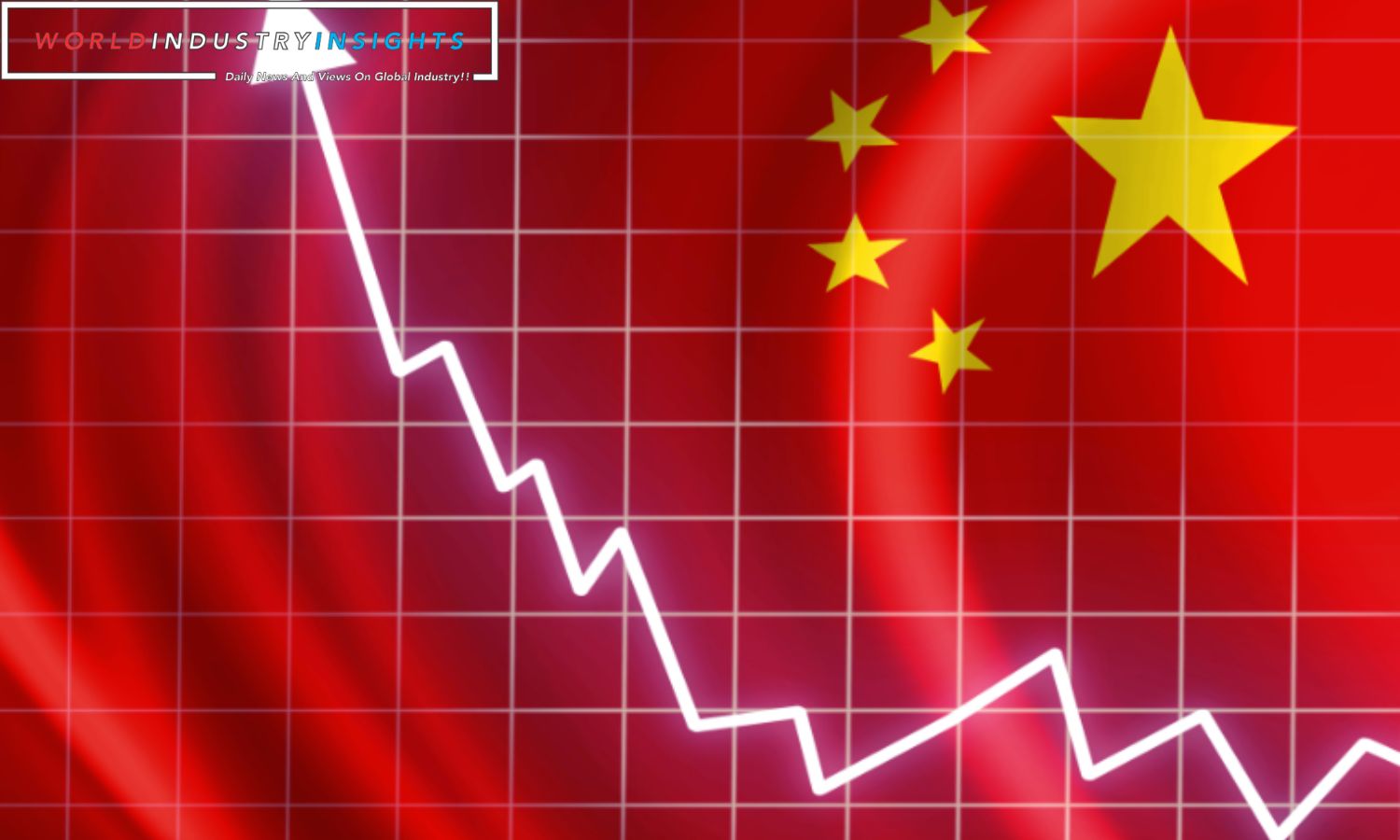China Economic Markets: Property prices are falling, big developers are struggling, and a big missed investor product interest payments, making people nationwide feel like they’ve been here before. All of these have lowered home prices. The screenplay appears to be based on a 2008 film that was poorly received. Years of overbuilding, failed infrastructure projects, and massive projects are now looming over China’s economy. Dread comes with this cloud.
A global disaster in China would have major repercussions. This fear has sparked alarms and calls for Beijing to act quickly to save the economy. Strangely, market pessimism doesn’t always match widespread pessimism.
The operation of financial institutions is intriguing. A financial system breakdown often follows months of rapid bank stock price decline. For instance, the S&P Composite 1500 Bank index fell 66% between January 2007 and July 15, 2008.
This was before Lehman Brothers’ September bankruptcy. The MSCI EMU bank index showed European banks fell 35.4% between January 1, 2010, and August 1, 2011. This was before the euro crisis, which was caused by rising sovereign bond yields in eurozone peripherals.
Over the past year, the FTSE China A-Share bank index has risen 2.4% (excluding dividends). Chinese banks outperformed American banks by 12.6% in dollars. How do we talk about systemic financial turmoil in an emerging market where local banks outperform U.S. banks by double digits all year? The options seem to be either never done or never existed.
The ongoing financial turmoil in emerging markets has revealed another intriguing fact. This is unusual because Chinese government bonds are more popular than US Treasuries, a safe haven. Before Covid, Chinese government bonds and US Treasuries had similar long-term returns.
Also Read: China Economic Moves: Base Lending Rate Cut Rattles Markets, Yuan Under Pressure
The pandemic set a new era in which China (long lockdowns) and the U.S. (vigorous fiscal stimulus and central bank balance sheet expansion) made different policy decisions.
Because of this, BAML indices showed that long-term Chinese government bonds returned 17.1% from January 1, 2020, while long-term US Treasuries returned -13.40%. This raises the question: how do we describe a systemic financial crisis in an emerging market where local government bonds outperform US Treasuries by more than 30% in less than three years? Never happened before or never happened.
Given that Beijing could affect prices, Chinese stock markets (which, despite a bad year, haven’t broken their lows from October 31, 2022), government bond fluctuations, and currency value changes can be ignored. Commodity prices are still rising outside China. Although people aren’t optimistic about China’s economy, iron ore prices have risen 50% since October 31, 2022, when they were lowest. This is crucial to China.
Chinese-dependent Western companies like LVMH, Hermès, and Ferrari saw stock prices rise last year. Many of these stocks were near record highs. This is very different from the story that China’s economy will collapse. It’s important to remember China’s economic strengths despite pessimism.
Even though Macau’s biggest casinos have a staff shortage, tourism has recovered. China’s domestic tourism is slowly recovering after a slight drop in June and July, and auto sales are rising in 2018. Alibaba’s second-quarter sales increased significantly, indicating that the economy is not collapsing.
China has real problems, like its economy slowing due to cyclical and structural factors. China must address these issues. In the end, China-related asset behavior at home and abroad seems to differ from systemic crisis fears. This is the difference between expected and actual.
Our Reader’s Queries
What kind of economic market does China have?
China’s economy is a unique blend of socialism and market principles, with a focus on industrial policies and strategic planning. As the world’s second largest economy by nominal GDP, it’s only behind the United States. However, when measured by purchasing power parity (PPP), China has been the world’s largest economy since 2016.
What are the top 3 economic industries in China?
The Chinese economy is primarily driven by three major sectors: manufacturing, services, and agriculture. These sectors employ a significant portion of the population and contribute the most to the country’s GDP.
Is China still a market economy?
As of 2020, healthcare expenses were covered for 95% of the population through three public insurance programs. Despite its pro-socialist foreign policy, China has transformed into a free-market economy. This shift has resulted in China no longer being considered a “pure socialist economy.”
What are the economic factors of China?
The economy is largely driven by industrial production and manufacturing exports, but it lags behind other top 10 countries in terms of development. Government spending has played a crucial role in driving growth, resulting in haphazard construction in recent years.


